At the center of the Pacific Ocean, there is a small 3.6 square mile island called Canton (Kanton), where a dilapidated airstrip once served as an important transit and supply center for the United States during World War II. After being abandoned for over 40 years, the island has become the target of the CCP’s expansion.
Canton Island is made up of coral atolls and belongs to the Republic of Kiribati. During World War II, Canton Airport served as an airbase of the U.S. Army, and U.S. bombers utilized its runways as part of the “air ferry” route from Hawaii to the South Pacific.
Kiribati is an island nation spanning 32 atolls in the Pacific Ocean covering more than 1.4 million square miles.
Although the Kiribati government stated that the facility upgrade program is for civilian purposes of promoting transportation and tourism on the island, hardware facilities will also meet military needs, making the program controversial.
‘Number One’ Challenge
The U.S. Defense Directive on China Task, established in February, described Beijing as the “number one pacing challenge” to Washington’s strategic pace. “China poses the greatest long-term challenge to the United States,” also concluded the Pentagon’s 2022 budget proposal.The sensitive location of Canton Island underscores its strategic importance in the U.S.-China struggle for Pacific domination.
If Chinese military forces intrude on Kiribati and develop Canton Island as an army base, the small island, which is less than 2,000 miles southwest of Hawaii and 4,300 miles from the U.S. West Coast, could become a thorn in the side of the U.S. Pacific fleet. The CCP could also exploit the geographic location to surveil the U.S. military. The tiny island could also be a direct threat to U.S. and allied forces in Guam.
If it evolves into a CCP military presence in the heart of the Pacific, such a facility would have almost zero chance of survival in a hot war. The economic benefits to Kiribati would be nothing compared to the dangers it could pose.
The CCP’s Global Ambitions
Early in 2017, Beijing acquired its first overseas military base in Djibouti. To get the support of the host government, the CCP bought off the local elite through a strategic investment portfolio and diplomacy.Along with Cambodia, the United Arab Emirates (UAE) is also where Beijing seeks to establish a military base. Back in 2018, the UAE and the CCP signed a $300 million agreement to upgrade the cargo terminal of COSCO Shipping in the Khalifa port of Abu Dhabi. The cargo terminal is near the Al-Dhafra airbase, where 3,500 U.S. military personnel are stationed; and the port of Jebel Ali in Dubai, where the majority of visits by U.S. Navy ships occur outside the United States.
The establishment of a base in the UAE would greatly expand the presence of the CCP’s forces in and around maritime chokepoints, including the Strait of Hormuz and the southern entrance to the Red Sea. The UAE base could also become part of a chain of other potential CCP military bases in the Indian Ocean, including Pakistan and Burma.
The CCP sets up barriers to U.S. global military strategy by developing overseas military bases with the excuse of economic and civilian construction, therefore the issue cannot be handled alone by the U.S. Department of Defense.
In the Indo-Pacific, the Middle East, Africa, and even the Arctic, the CCP’s global military base expansion is evident and showing signs of further growth. However, the essence of stopping the CCP’s global expansion ambitions is not a matter of confrontation over military strength but of influence over the local host governments. Weakening the host countries’ acceptance of the CCP building bases or breaking their military ties with the CCP is an area in which the United States could leverage resource advantages over the CCP.
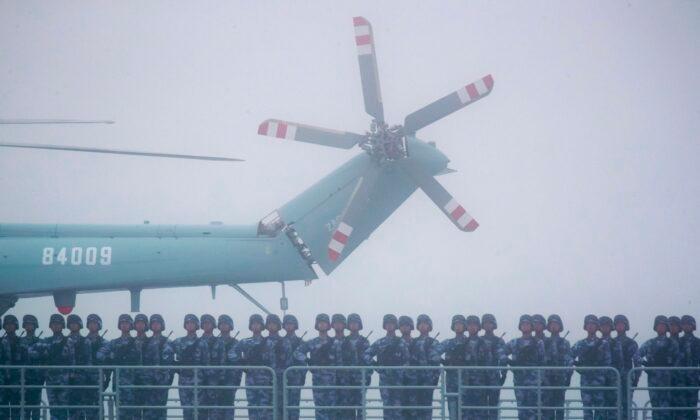

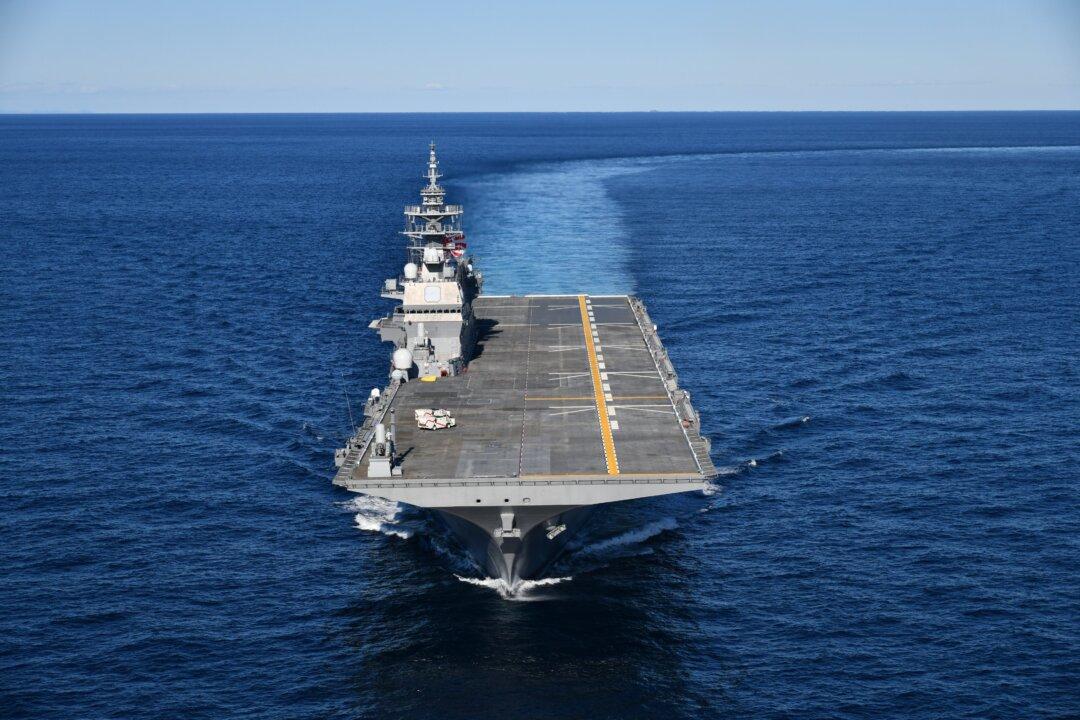
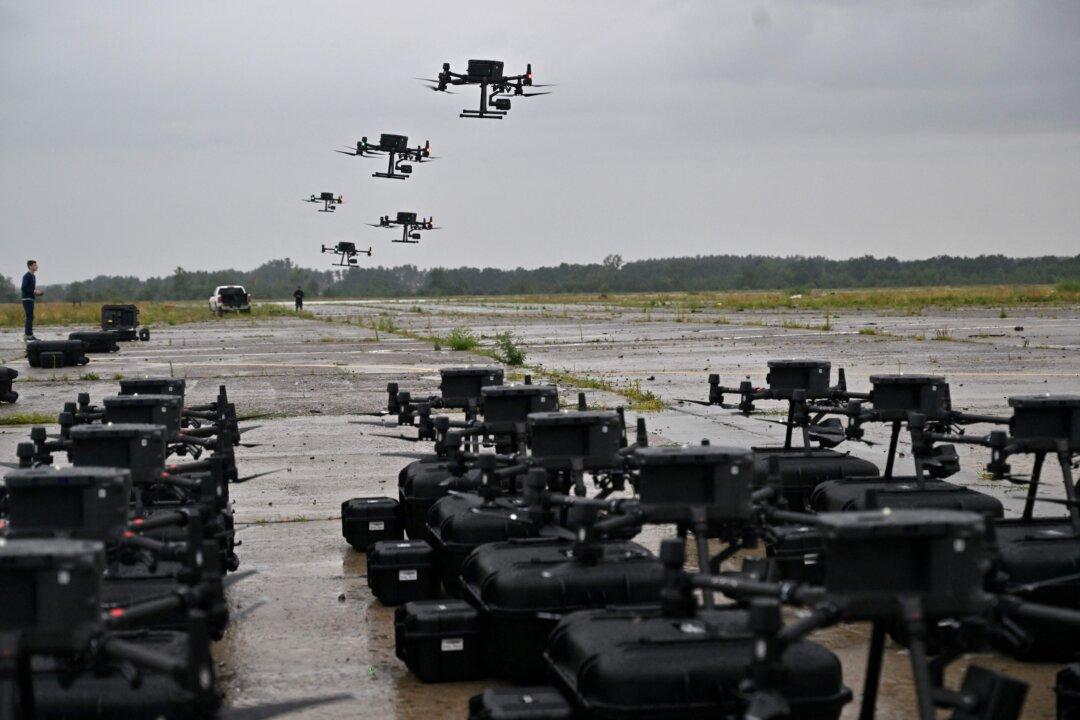
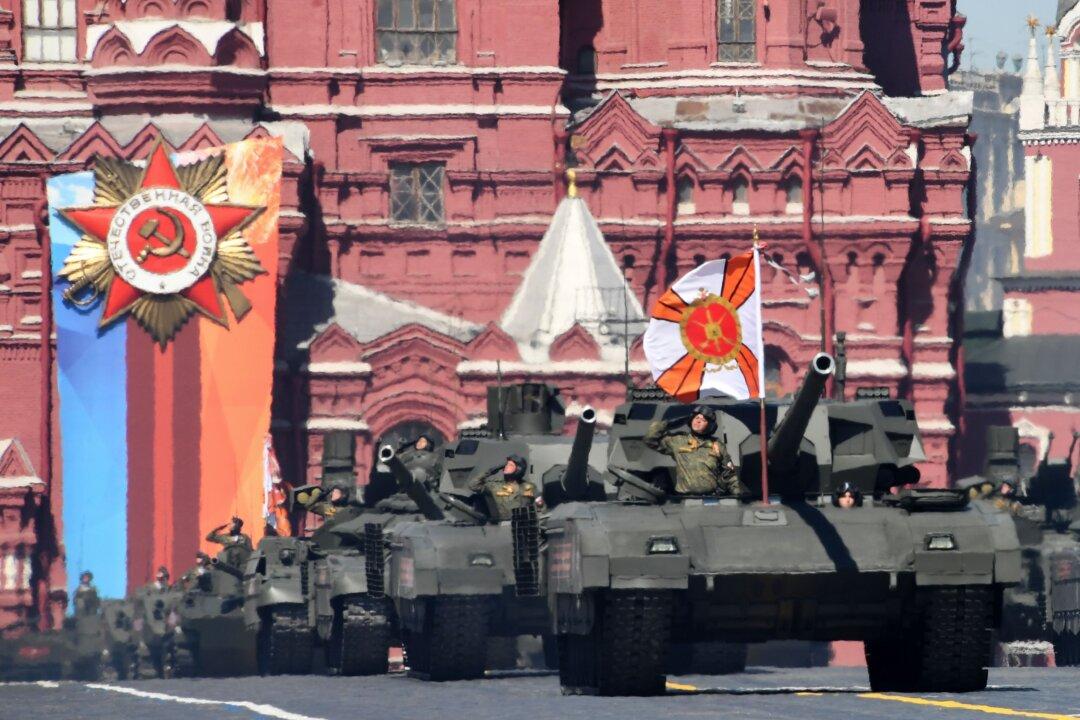
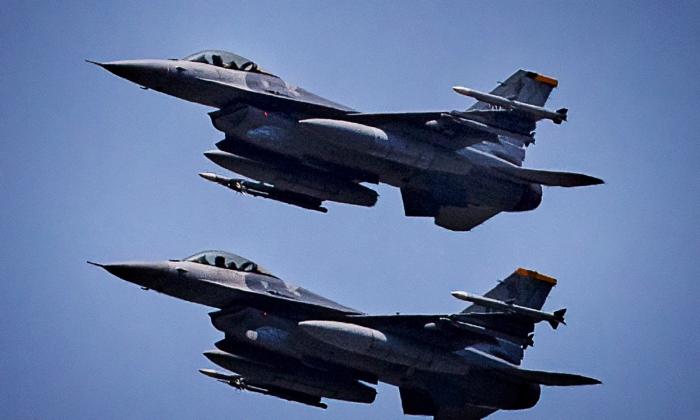
Friends Read Free